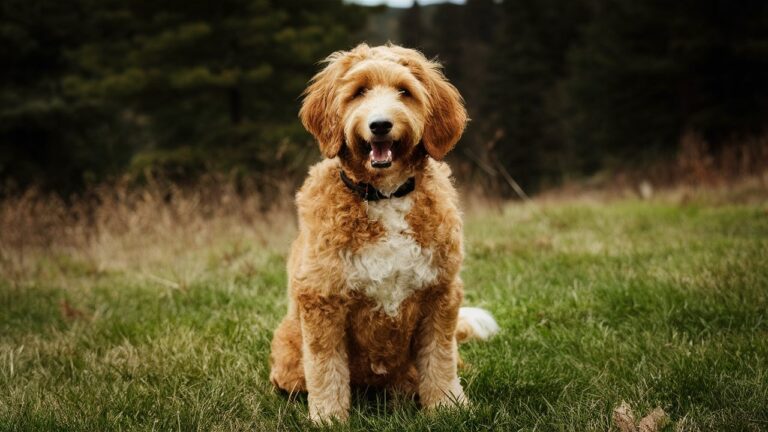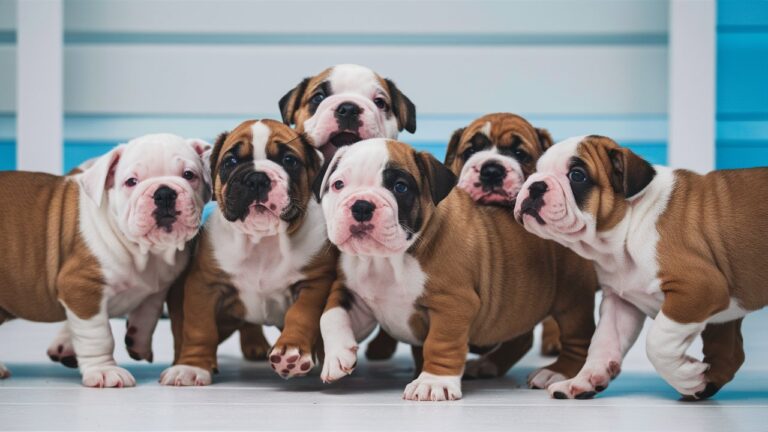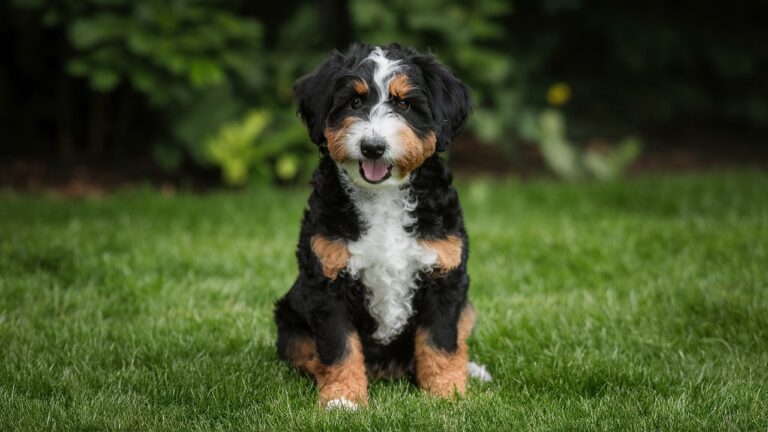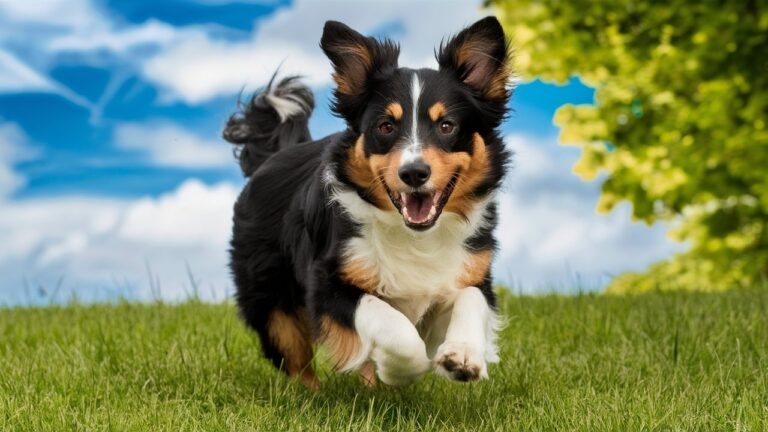The Grand Basset Griffon Vendéen: 100% Comprehensive Guide
The Grand Basset Griffon Vendéen (GBGV) is a remarkable and unique breed known for its friendly demeanor, distinctive appearance, and impressive hunting skills. Originating from France, this hound has a rich history and has garnered a dedicated following among dog enthusiasts. In this article, we will explore the origins, characteristics, and care requirements of the GBGV, as well as share personal anecdotes and stories that highlight the breed’s endearing qualities.
Table of Contents
ToggleOrigins and History
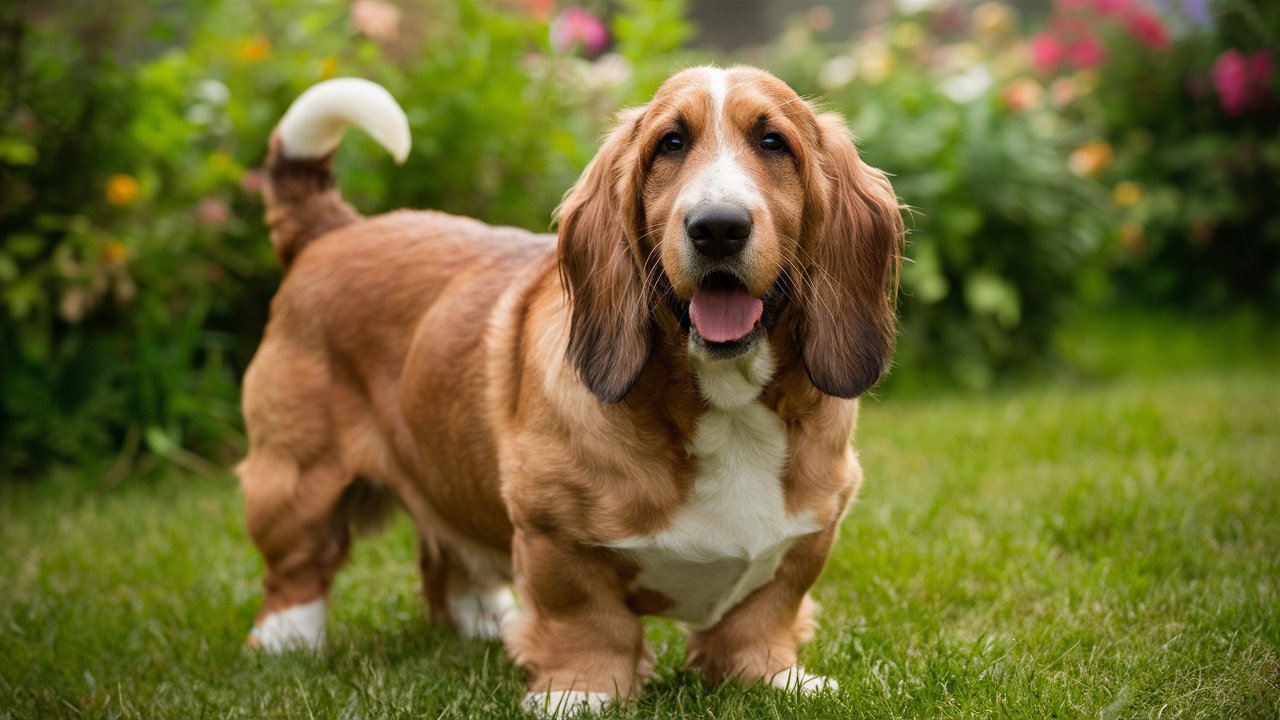
The Grand Basset Griffon Vendéen traces its roots back to the Vendée region of France, where it was bred for hunting game such as rabbits and hares. The breed is a descendant of the larger Grand Griffon Vendéen, which dates back to the 16th century. The development of the GBGV as a distinct breed began in the 19th century when breeders sought to create a smaller, more agile hound that could navigate the dense underbrush of the French countryside.
Paul Dezamy, a notable breeder in the late 1800s, played a crucial role in refining the GBGV’s characteristics. He aimed to produce a hound that was not only efficient in the field but also possessed a friendly and sociable temperament. Dezamy’s efforts were successful, and the GBGV quickly gained popularity among hunters and dog enthusiasts alike.
Physical Characteristics
The Grand Basset Griffon Vendéen is a medium-sized hound with a distinctive appearance. Males typically stand between 15.5 to 18 inches tall at the shoulder, while females are slightly smaller, ranging from 15 to 17 inches. The breed’s weight varies between 40 to 45 pounds, depending on the dog’s gender and build.
One of the most striking features of the Grand Basset Griffon Vendéen is its long, rough coat, which provides protection against the elements. The coat comes in a variety of colors, including white with patches of black, orange, lemon, or tricolor combinations. The breed’s expressive eyes and long, drooping ears contribute to its charming and somewhat whimsical appearance.
The Grand Basset Griffon Vendéen body is longer than it is tall, giving it a distinctively elongated silhouette. This conformation, combined with its strong, muscular build, enables the breed to move with agility and endurance. The GBGV’s tail is typically carried high, adding to its alert and lively demeanor.
Temperament and Personality
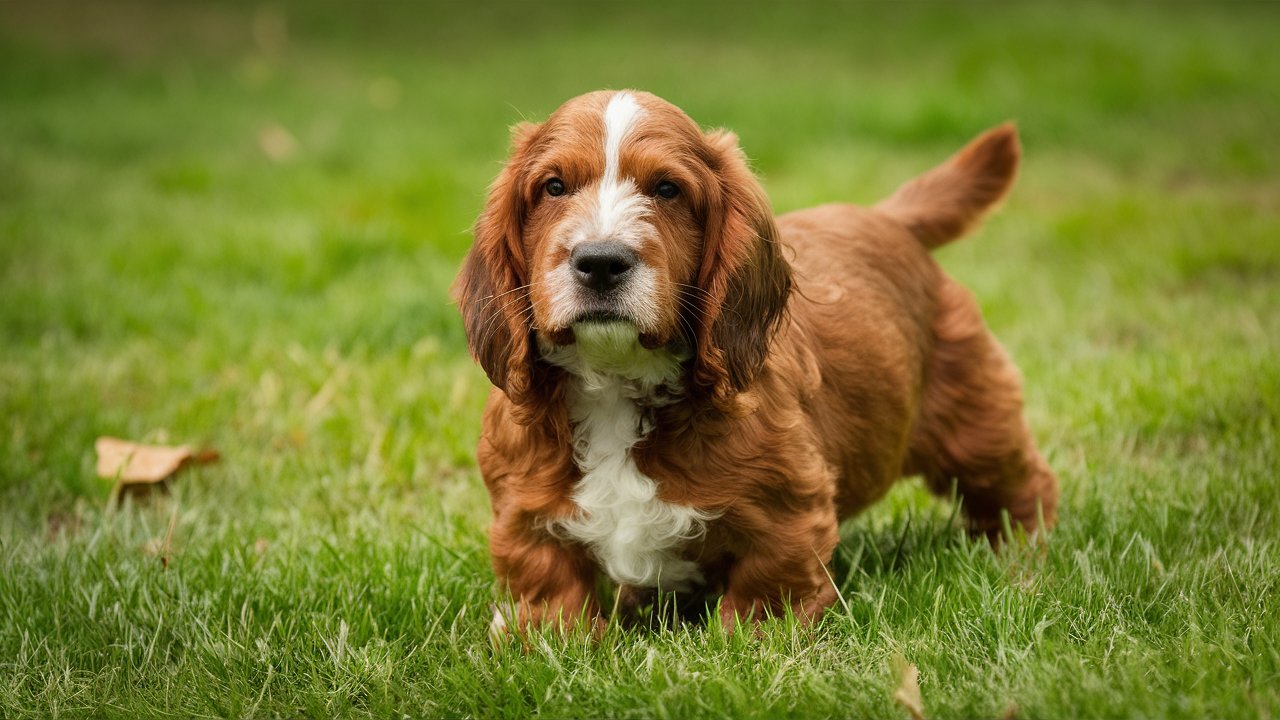
The Grand Basset Griffon Vendéen is known for its friendly and outgoing personality. This breed thrives on human companionship and enjoys being part of a family. Grand Basset Griffon Vendéen are generally good-natured and get along well with children and other pets, making them excellent family dogs.
One of the most endearing qualities of the GBGV is its playful and adventurous spirit. These dogs love to explore their surroundings and are always eager for a new adventure. Their keen sense of smell and hunting instincts can sometimes lead them to follow their noses, so it’s important to keep them on a leash or within a securely fenced area when outside.
Despite their independent streak, Grand Basset Griffon Vendéen are also affectionate and enjoy spending time with their owners. They are known for their loyalty and can form strong bonds with their families. This breed is also quite vocal and will often use its distinctive baying voice to communicate, whether it’s alerting to the presence of a stranger or simply expressing excitement.
Training and Socialization
Training and socialization are crucial aspects of raising a well-behaved and well-adjusted Grand Basset Griffon Vendéen (GBGV). This breed, known for its intelligence and independent nature, benefits greatly from positive reinforcement training techniques and early exposure to various people, animals, and environments.
Positive Reinforcement Training Techniques
GBGVs respond best to positive reinforcement methods, which involve rewarding desired behaviors with treats, praise, or play. This approach not only motivates them to learn but also strengthens the bond between you and your dog. Here are key tips for effective training:
- Consistency: Establish consistent rules and routines to help your GBGV understand what is expected of them. Use the same commands and rewards consistently to reinforce good behavior.
- Patience: Grand Basset Griffon Vendéen can be independent and may take their time to comply with commands. Be patient and avoid getting frustrated, as this can hinder progress.
- Short, Engaging Sessions: Keep training sessions short (10-15 minutes) and engaging to maintain your dog’s interest and focus. End on a positive note with a successful command followed by a reward.
- Use of Treats and Toys: Use high-value treats or favorite toys as rewards to motivate your GBGV during training sessions. This helps create a positive association with learning and reinforces desired behaviors.
- Socialization: Early and continuous socialization is essential for GBGVs to develop into well-rounded dogs. Expose them to different people, places, sounds, and animals from a young age to prevent fearfulness and aggression.
Socialization Tips
Socialization plays a crucial role in shaping your GBGV’s behavior and temperament. Here are some effective strategies for socializing your Grand Basset Griffon Vendéen:
- Puppy Socialization Classes: Enroll your GBGV puppy in puppy socialization classes where they can interact with other puppies and learn appropriate play behaviors under the supervision of a trainer.
- Exposure to Various Environments: Take your GBGV on outings to different environments such as parks, pet-friendly stores, and busy streets. Expose them to various sounds, sights, and smells to build their confidence.
- Positive Experiences: Ensure that all socialization experiences are positive and rewarding for your GBGV. Use treats and praise to reinforce calm and confident behavior when encountering new people, dogs, or situations.
- Supervised Interactions: Monitor interactions with other dogs and animals to ensure safety and positive experiences. Intervene if necessary to prevent rough play or aggression.
- Handling and Grooming: Get your GBGV used to being handled and groomed from a young age. Practice gently touching their paws, ears, and mouth to make grooming and veterinary visits less stressful.
Challenges and Considerations
While training and socializing a Grand Basset Griffon Vendéen can be rewarding, there are some challenges to keep in mind:
- Independence: Grand Basset Griffon Vendéen have a strong independent streak, which can sometimes make them less responsive to commands compared to more eager-to-please breeds. Consistency and patience are key to overcoming this challenge.
- Hunting Instincts: Due to their hunting heritage, GBGVs may exhibit strong prey drive and be easily distracted by scents or small animals. Training recall commands and providing mental stimulation can help manage this instinct.
- Vocalization: Grand Basset Griffon Vendéen are known for their distinctive baying voice, which they use to communicate excitement or alertness. While this trait adds to their charm, it’s important to manage excessive vocalization through training and positive reinforcement.
Personal Anecdotes and Training Stories
Understanding how training and socialization play out in real-life scenarios can provide valuable insights into the GBGV’s personality and learning style. Here are a few more anecdotes from GBGV owners:
Training Adventures with Max
Max, owned by Michael, is a Grand Basset Griffon Vendéen known for his intelligence and mischievous nature. “Training Max has been an adventure in itself,” Michael laughs. “He’s incredibly smart but also quite stubborn. When we started training, he would sometimes ignore commands or do his own thing. Using treats and plenty of praise really motivated him to pay attention. Now, Max loves showing off his tricks, especially when there’s a treat involved!”
Socialization Success with Luna
Luna’s owner, Rebecca, shares how socialization has helped her GBGV become confident and friendly. “Luna was a bit shy around new people and dogs at first,” Rebecca explains. “But we made it a point to expose her to different environments and situations gradually. Puppy socialization classes were a game-changer for her. She learned how to play nicely with other puppies and gained confidence meeting new people. Now, Luna is a social butterfly who loves making new friends wherever we go.”
Exercise and Activity Needs

The Grand Basset Griffon Vendéen (GBGV) is a breed known for its energetic and lively nature, which requires regular exercise to maintain physical health and mental stimulation. Understanding the exercise needs of a GBGV is crucial for providing a fulfilling lifestyle for this active breed.
Daily Exercise Requirements
Grand Basset Griffon Vendéen thrive on daily exercise routines that cater to their natural instincts as hunting dogs. A typical GBGV requires:
- Daily Walks: Regular walks are essential to satisfy the Grand Basset Griffon Vendéen need for physical activity and mental stimulation. Aim for at least one hour of walking spread throughout the day to keep your GBGV healthy and happy.
- Off-Leash Time: Providing opportunities for off-leash running and exploring in a secure area allows GBGVs to stretch their legs and indulge in their strong sense of curiosity. Secure dog parks or fenced yards are ideal environments for safe off-leash play.
- Playtime: Interactive play sessions with toys, such as fetch or tug-of-war, are enjoyable for GBGVs and help strengthen the bond between dog and owner. These activities also engage their natural hunting instincts, keeping them mentally sharp.
Engaging Activities for GBGVs
Given their hunting background, Grand Basset Griffon Vendéen excel in activities that challenge their senses and agility. Consider incorporating the following activities into your GBGV’s routine:
- Scent Work: Grand Basset Griffon Vendéen have a remarkable sense of smell and enjoy activities that allow them to use their nose. Engage your Grand Basset Griffon Vendéen in scent work games, where they can search for treats or toys hidden around the house or in the yard. This not only provides mental stimulation but also taps into their natural hunting abilities.
- Agility Training: Setting up agility courses or participating in agility classes can be a fun and challenging activity for GBGVs. These courses involve navigating obstacles such as tunnels, jumps, and weave poles, which not only provide physical exercise but also stimulate their minds as they learn to follow commands and navigate the course.
- Tracking: Given their history as scent hounds, GBGVs have a natural talent for tracking. Introduce your Grand Basset Griffon Vendéen to tracking exercises where they follow a scent trail to locate hidden objects or treats. This activity not only satisfies their instinctual drive but also provides a rewarding mental challenge.
Mental Stimulation
In addition to physical exercise, GBGVs require mental stimulation to prevent boredom and behavioral issues. Incorporate the following activities to keep your GBGV mentally engaged:
- Training Sessions: Regular training sessions using positive reinforcement techniques are beneficial for Grand Basset Griffon Vendéen. Teach them new commands, tricks, or obedience skills to keep their minds active and responsive.
- Puzzle Toys: Provide puzzle toys or interactive feeders that dispense treats when manipulated correctly. These toys challenge your Grand Basset Griffon Vendéen problem-solving skills and provide a rewarding mental workout.
- Socialization: Regular socialization with other dogs and people is important for GBGVs to develop good manners and confidence. Take your GBGV to dog-friendly parks, classes, or gatherings where they can interact positively with others.
Tailoring Exercise to Individual Needs
It’s essential to tailor your GBGV’s exercise routine to their individual age, health, and energy level. Puppies and young Grand Basset Griffon Vendéen may have higher energy levels and require more frequent and vigorous exercise. Older GBGVs may still enjoy exercise but may need activities that are gentler on their joints and stamina.
Always monitor your GBGV’s response to exercise and adjust accordingly to ensure they are not overexerted or under-stimulated. A well-balanced exercise regimen not only keeps your GBGV physically fit but also enhances their overall well-being and happiness.
Health and Grooming
Maintaining the health and grooming needs of your Grand Basset Griffon Vendéen (GBGV) is crucial to ensuring they lead a long and healthy life. This section delves deeper into the specific health considerations and grooming practices that are important for this unique breed.
Health Considerations
GBGVs are generally healthy dogs with a robust constitution. However, like all breeds, they may be prone to certain health conditions. Responsible breeders screen their breeding dogs for genetic disorders to minimize the risk of passing on hereditary health issues to offspring. Some of the health considerations for GBGVs include:
1. Hip Dysplasia: This is a common orthopedic condition in many dog breeds, including the GBGV. It occurs when the hip joint develops abnormally, leading to degeneration of the joint over time. Symptoms may include lameness, difficulty rising, and reluctance to exercise. Maintaining a healthy weight and providing appropriate exercise can help reduce the risk of hip dysplasia.
2. Ear Infections: GBGVs have long, drooping ears that can trap moisture and debris, making them prone to ear infections. Regular ear cleaning with a veterinarian-recommended ear cleanser can help prevent infections. It’s essential to inspect your dog’s ears weekly and seek veterinary attention if you notice signs of redness, odor, or discharge.
3. Eye Conditions: Some GBGVs may be susceptible to eye conditions such as entropion (eyelid rolling inward) or cataracts. Regular eye exams by a veterinarian can help detect and manage these conditions early.
4. Bloat: Gastric dilatation-volvulus (GDV), commonly known as bloat, is a serious and potentially life-threatening condition that can affect deep-chested breeds like the GBGV. It occurs when the stomach fills with gas and twists on itself. Symptoms include restlessness, excessive drooling, unproductive attempts to vomit, and a distended abdomen. Immediate veterinary attention is required if bloat is suspected.
5. Obesity: Obesity is a significant health concern for GBGVs and can exacerbate other health issues such as joint problems and respiratory difficulties. Providing a balanced diet, monitoring food intake, and ensuring regular exercise are essential for maintaining a healthy weight.
Grooming Requirements
The GBGV’s distinctive coat requires regular grooming to keep it in optimal condition and prevent matting. Here are some grooming tips for your GBGV:
1. Brushing: The GBGV has a rough, dense coat that benefits from regular brushing to remove loose hair and prevent matting. Use a slicker brush or a grooming mitt to brush your dog’s coat at least twice a week. Pay particular attention to areas prone to matting, such as behind the ears, under the legs, and around the tail.
2. Bathing: GBGVs do not require frequent baths unless they have rolled in something particularly dirty. Use a mild dog shampoo and thoroughly rinse out all soap residue to prevent skin irritation. Ensure the coat is completely dry after bathing, as damp fur can lead to skin issues.
3. Ear Care: Due to their pendulous ears, Grand Basset Griffon Vendéen are prone to ear infections. Check your dog’s ears weekly for signs of redness, odor, or discharge. Clean the ears with a veterinarian-recommended ear cleanser to remove wax and debris. Avoid inserting anything into the ear canal and gently wipe the outer ear only.
4. Nail Trimming: Keep your Grand Basset Griffon Vendéen nails trimmed to prevent them from becoming overgrown and uncomfortable. Regular nail trimming every few weeks is usually sufficient, but some dogs may require more frequent trimming if their nails grow quickly.
5. Dental Care: Dental hygiene is an important aspect of your Grand Basset Griffon Vendéen overall health. Brush your dog’s teeth regularly with a dog-specific toothbrush and toothpaste. Dental chews or toys designed to promote dental health can also help reduce plaque and tartar buildup.
6. Regular Veterinary Check-ups: Schedule regular veterinary check-ups to monitor your Grand Basset Griffon Vendéen health and detect any potential issues early. Vaccinations, parasite prevention, and routine blood work are essential components of preventive care.
Personal Anecdotes and Stories
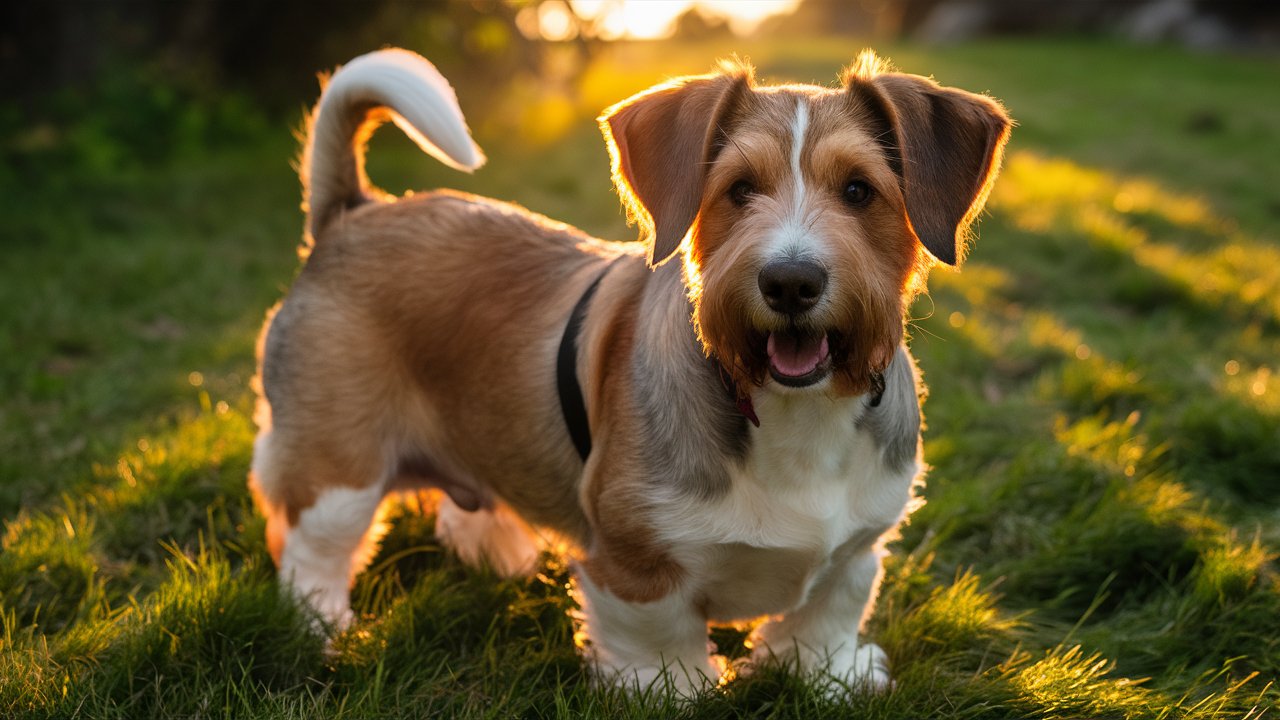
To truly understand the charm and appeal of the Grand Basset Griffon Vendéen, it’s helpful to hear from those who have experienced life with this delightful breed. Here are a few personal anecdotes from GBGV owners:
A Day in the Life with Bella
Bella is a lively and affectionate Grand Basset Griffon Vendéen who lives with her family in the suburbs. Her owner, Sarah, shares that Bella’s days are filled with adventure and play. “Every morning, Bella wakes up with boundless energy, ready for her morning walk. She loves to explore the neighborhood, sniffing every bush and tree along the way. Her favorite part of the day is our trips to the local dog park, where she can run off-leash and play with her dog friends. Bella’s playful nature and friendly disposition make her a joy to be around. She has a way of brightening up even the dullest days with her antics.”
Hunter’s Hunting Instincts
Hunter, a GBGV owned by John, lives up to his name with his keen hunting instincts. John recounts a memorable hunting trip with Hunter: “We were out in the countryside, and Hunter’s nose was glued to the ground, following a scent trail. Suddenly, he took off into the underbrush, and I could hear his excited baying in the distance. A few minutes later, he emerged triumphantly, having flushed out a rabbit. Hunter’s determination and skill in the field are truly impressive. He’s not just a pet; he’s a hunting partner and a loyal friend.”
Family Fun with Daisy
Daisy is a Grand Basset Griffon Vendéen who lives with the Williams family. Her owner, Emma, shares how Daisy has become an integral part of their family: “Daisy has a way of bringing our family together. We often go on weekend hikes, and Daisy leads the way, her tail wagging with excitement. She’s great with the kids, always patient and gentle. One of our favorite activities is teaching her new tricks, and she’s always eager to learn. Daisy’s playful personality and loving nature have made her a beloved member of our family.”
Conclusion
The Grand Basset Griffon Vendéen is a breed that offers a unique combination of charm, intelligence, and hunting prowess. With its friendly and outgoing personality, the GBGV makes an excellent companion for families, hunters, and dog enthusiasts alike. By understanding the breed’s history, characteristics, and care requirements, you can ensure that your Grand Basset Griffon Vendéen leads a happy and fulfilling life.
Whether you’re drawn to the GBGV for its distinctive appearance, its adventurous spirit, or its affectionate nature, one thing is certain: life with a Grand Basset Griffon Vendéen is bound to be filled with joy, laughter, and plenty of memorable moments.
